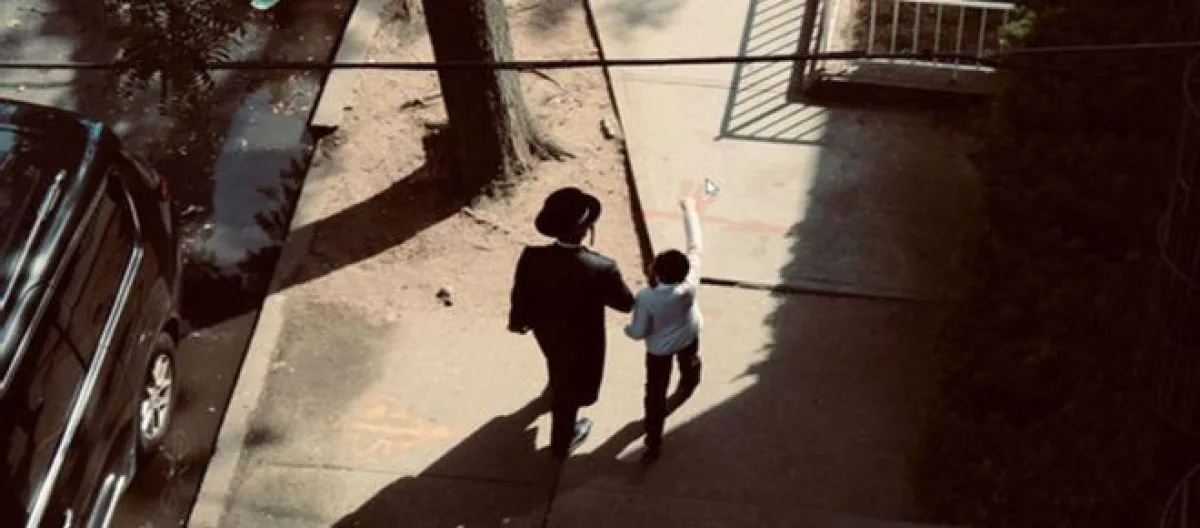This is a case of a lesson learned and then unlearned.
Some years ago, as a high school art teacher, I learned to withhold praise for personal styles in student work. Teens, not fully formed in mind or body, will stay with the praised style, hesitant to explore other ways of working. Andy Warhol embodied this behavior.
Teen Warhol
When Hyperallergic magazine reported on teen art at NY’s Metropolitan Museum of Art – the result of winning the annual, 90-year-old Scholastic Art Awards – it mentioned that Warhol won the same award in 1945 when he was 17.
As it turned out, what you saw back then is what you got from him forever after - copying. An Antiques Magazine described his teen work in 2015.
Antique Magazine saw Warhol’s teen work as depictions of his hometown of Pittsburgh, and said, "the use of appropriated material is striking." The magazine believed he took his images from newspapers or magazines, calling it evidence of “Warhol’s lifelong practices.” His latter-day soup cans, Coke bottles, and Brillo boxes make the point.
In contradiction
All that said, I nevertheless write today to praise one of the teens’ works on display at the Met: a black and white untitled photograph by 11th grader Dylan Kelly.
(More on reasons why in a moment)
The Met reported that 250 teen works were picked to hang in its galleries out of 2,500 who submitted work in the 2021 Scholastic Art Awards. I rush to say that my choice in no way is meant to reflect badly on the remaining winners. This is a good place to add that competition in school children’s artwork is a terrible idea. School is a time for finding things out, not defeating fellow students. Artmaking isn’t a sports event.
Dylan Kelly
Dylan’s photo, a spectacular elevated long shot taken from an upper floor window, shows an orthodox Jewish father and his son walking on a city street at night. The ethnic identity is apparent in the telltale long curl of hair coming from the father’s sideburn, the long black coat, and hat.
But the ethnicity of these figures can just as easily be a black father with his child. Both Jews and African Americans suffer hate crimes, and there’s a palpable sense of impending doom here.
When Dylan pulled back to shoot the scene, he created the portentous air. His zooming out and up also makes father and son smaller, even approaching insignificance. Dylan gets a lot in this shot, which conjures up Alfred Hitchcock films. I’m thinking of the way this 11th grader manipulated viewer reaction with odd angles – a signature of the movie director's work. Dylan’s detached long view is a poignant commentary on alienation and intensifies the emotion of the scene.
Question for the ages
Then there’s the way Dylan framed the shot with light that casts long deep shadows behind the figures, and at the same time illuminates them with light shining ahead of them. And the question the photograph appears to be asking is, will the father and son be able to get to the lighted part of the street without harm?
